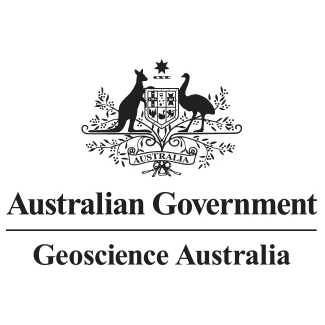Brief description
This resource includes bathymetry data acquired during the Submarine Cape Range Canyons bathymetry survey using Kongsberg EM302 and EM710 multibeam sonar systems. The Seamounts, Canyons and Reefs of the Coral Sea bathymetry survey was led by Dr. Rachel Przeslawski (Geoscience Australia) with a team of scientists from Geoscience Australia, Curtin University, Western Australian Museum and Scripps Institution of Oceanography aboard the Schmidt Ocean Institute (SOI) RV Falkor from the 8th of March to the 8th of April 2020. The primary objective of this survey was to map unexplored submarine canyons in the Gascoyne Marine Park. Submarine canyons are crucial habitats for a variety of biota and understanding their geometry, depth and species diversity is underpinned by high resolution bathymetry data. The bathymetry data collected in this survey can assist with scientific research, marine park management and understanding Australia’s marine estate. This dataset contains a 64m and a 16m, for water depths shallower than 2560m resolution 32-bit geotiff of the Cape Range and Cloates Canyons area produced from the processed EM302 and EM710 bathymetry data combined. This dataset is not to be used for navigational purposes. This dataset is published with the permission of the CEO, Geoscience Australia.Lineage
Maintenance and Update Frequency: asNeededIssued: 18 08 2020
text: westlimit=110.3049; southlimit=-33.2461; eastlimit=119.9968; northlimit=-17.2509
User Contributed Tags
Login to tag this record with meaningful keywords to make it easier to discover
Cape Range Canyon Bathymetry 2020 16m - 64m (zip) [210.7 MB]
uri :
https://files.ausseabed.gov.au/survey/Cape%20Range%20Canyon%20Bathymetry%202020%2016m%20-%2064m.zip![]()
- DOI : 10.26186/140111

- URI : pid.geoscience.gov.au/dataset/ga/140111

- global : c5533723-0328-4e97-8cac-d7be7c1f6544


